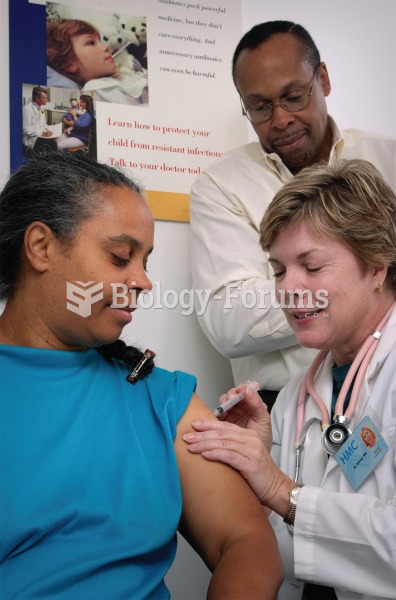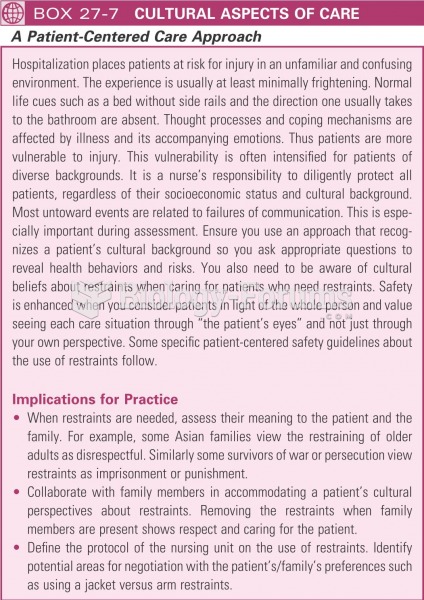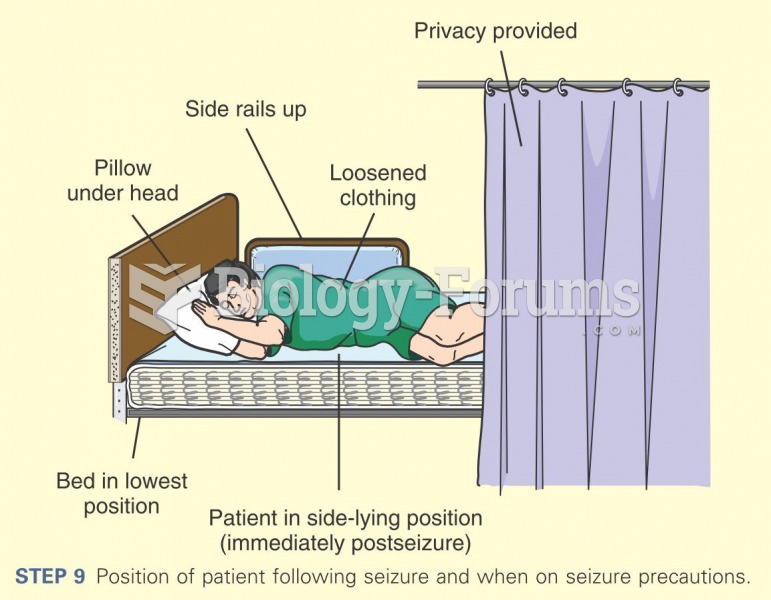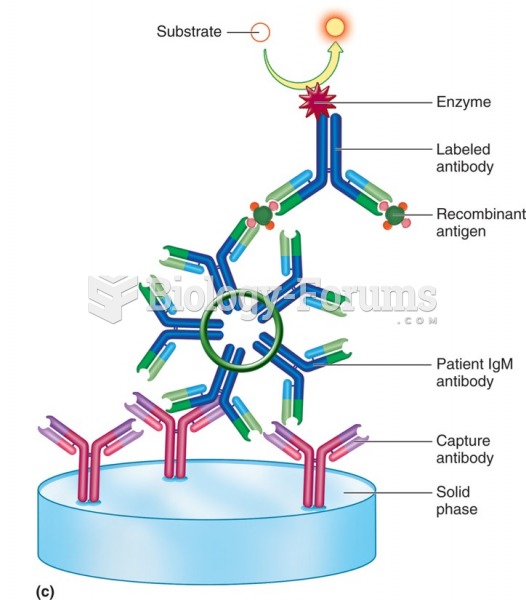Answer to Question 1
Answer: 4
Explanation: 4. One system-level characteristics of cultural competence is interagency collaboration. Since an interpreter is not available at the community clinic, the nurse contacting a neighboring community health center to borrow an interpreter demonstrates this collaboration. Asking the patient to go to the community hospital or come back tomorrow does not demonstrate safe, quality, culturally competent care. Asking a staff member to try to communicate with the patient does not demonstrate culturally competent care.
Answer to Question 2
Answer: 1, 2, 3, 4
Explanation: 1. Developing culturally competent care includes additional staff from diverse cultures, soliciting input from community cultural organizations, and holding training sessions for staff members, among other strategies. Developing culturally competent care would also involve analyzing their current care delivery for cultural appropriateness; it would still need modification in order to become truly culturally competent. Developing a competence in the languages spoken by the patient population would allow for better communication and understanding between the health clinic staff and the patients seen.
2. Developing culturally competent care includes additional staff from diverse cultures, soliciting input from community cultural organizations, and holding training sessions for staff members, among other strategies. Developing culturally competent care would also involve analyzing their current care delivery for cultural appropriateness; it would still need modification in order to become truly culturally competent. Developing a competence in the languages spoken by the patient population would allow for better communication and understanding between the health clinic staff and the patients seen.
3. Developing culturally competent care includes additional staff from diverse cultures, soliciting input from community cultural organizations, and holding training sessions for staff members, among other strategies. Developing culturally competent care would also involve analyzing their current care delivery for cultural appropriateness; it would still need modification in order to become truly culturally competent. Developing a competence in the languages spoken by the patient population would allow for better communication and understanding between the health clinic staff and the patients seen.
4. Developing culturally competent care includes additional staff from diverse cultures, soliciting input from community cultural organizations, and holding training sessions for staff members, among other strategies. Developing culturally competent care would also involve analyzing their current care delivery for cultural appropriateness; it would still need modification in order to become truly culturally competent. Developing a competence in the languages spoken by the patient population would allow for better communication and understanding between the health clinic staff and the patients seen.







